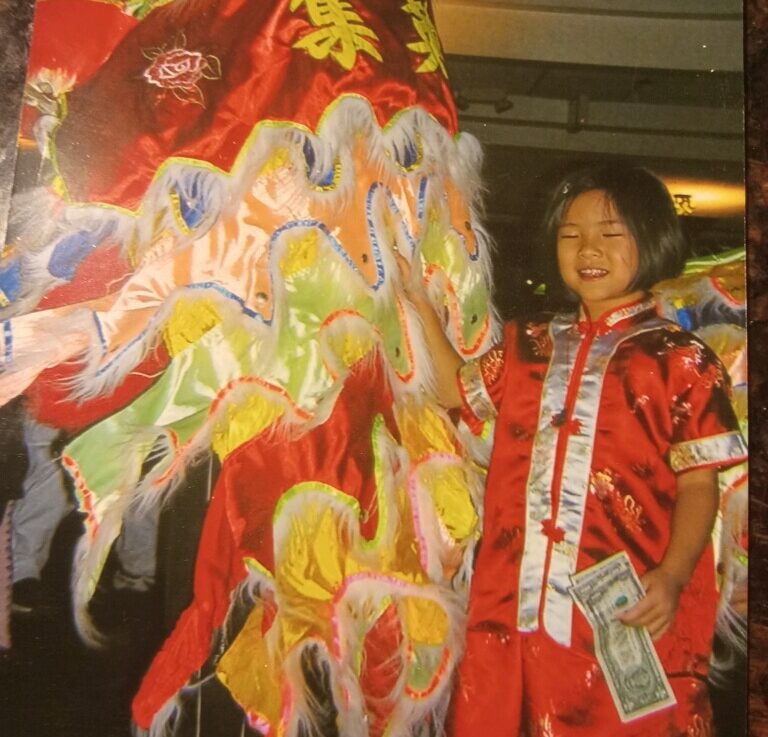Celebrating the Lunar New Year, The Year of the Dragon, begins on Saturday, February 10th, and goes until January 28th, 2025. This is the Chinese New Year schedule (or Lunar New Year). It is believed that the dragon zodiac represents good luck, strength, and health to those born in its year.
The last years of the dragon included 1976, 1988, 2000, and 2012. I was born in the year of the snake (1989), so I can’t confirm any of the typical dragon personality traits such as power and being naturally gifted; but, I can wish those traits onto anyone born in the coming calendar year.
Most people know this holiday as Chinese New Year. However, many Asian cultures celebrate it so, collectively, it’s called Lunar New Year.
 I have a personal connection to Lunar New Year: In 2002, a cute little baby girl was born in China. That little baby girl would soon become a part of my family–my little sister. It was always important to my dad and my stepmom to keep some of the traditions from her home country, so she always felt a bit connected to her heritage.
I have a personal connection to Lunar New Year: In 2002, a cute little baby girl was born in China. That little baby girl would soon become a part of my family–my little sister. It was always important to my dad and my stepmom to keep some of the traditions from her home country, so she always felt a bit connected to her heritage.
What Celebrating the Lunar New Year Looks Like
Celebrating the Lunar New year often includes many food items that are symbolic for good luck, such as fish and oranges. Rice cakes wrapped in banana leaves are traditionally prepared along with dumplings.
Like our own New Year celebrations here in the United States, fireworks and parades are a big staple. In the Chinese culture, bright lights and loud noises are thought to scare away anything negative.
During the Lunar New Year celebrations, family members are expected to be home. This is typically a 15-day celebration. Cleaning the house and sweeping away any ill-fortune is just the beginning of that celebration. However, the family event is of the utmost importance. Getting home for reunion dinners and spending time with immediate and extended family is a must.
How My Family Incorporates Lunar New Year Celebrations
One of these aspects of wanting my sister to have part of her heritage growing up was to celebrate the Lunar New Year. This holiday was very new to my family. I didn’t even realize it didn’t fall on January 1st. To honor my sister’s heritage, every Lunar New Year we would take her out to dinner to eat traditional Chinese foods.
We would also watch the much beloved lion and dragon dances. These dances are performed at all Chinese festivals to bring in prosperity and good luck for the coming year.

One of the biggest Lunar New Year traditions is to gift money to young children in red envelopes. The color red is a symbol of luck in the Chinese culture and giving money in a red envelope is supposed to make the money lucky and allow the children to start saving for their future.
During this time of celebration, my stepmom would go to my sister’s school to talk about the Lunar New Year with her classmates. It was important to us that her friends and teachers understood who she was, and holidays that were important to her. My family would send pencils and coloring pages with her to school as little gifts for her peers to get them excited about the holiday as well.
Embracing Other Cultures
So, do you have a blended family living here in the United States? What does your family do to incorporate other cultures into your own?
Ideas to celebrate and embrace other cultures during their holidays:
- Find out what foods they traditionally eat during these times.
- Watch some of their festivals, dances, and yearly celebrations.
- Learn their customs and traditions.
- Read about their history.
It’s so important to teach our children about other cultures, and different ways that people celebrate. I hope this post helped you learn a little but more about the Lunar New Year!










